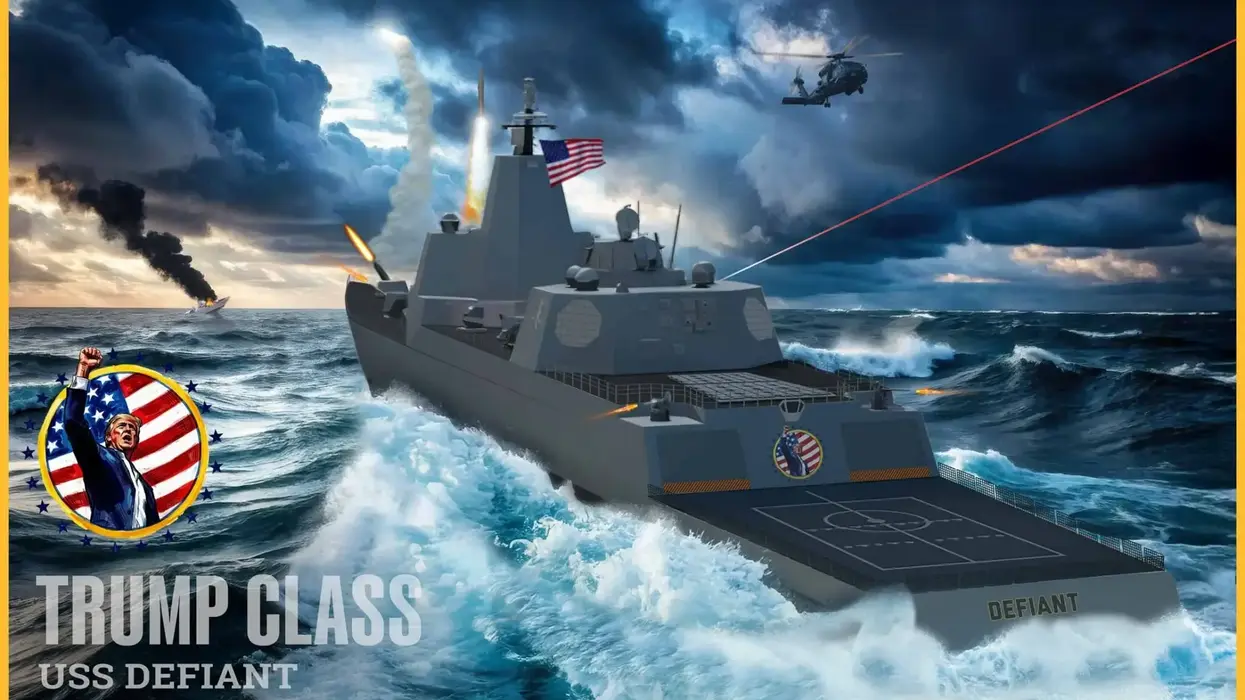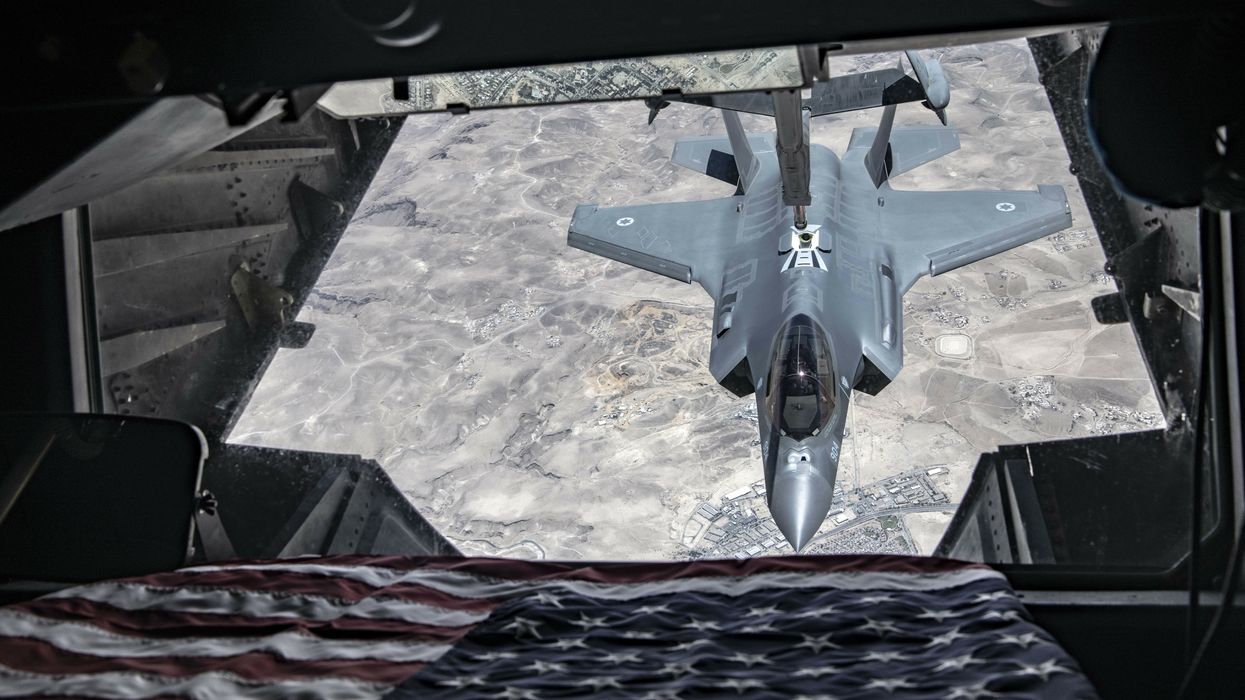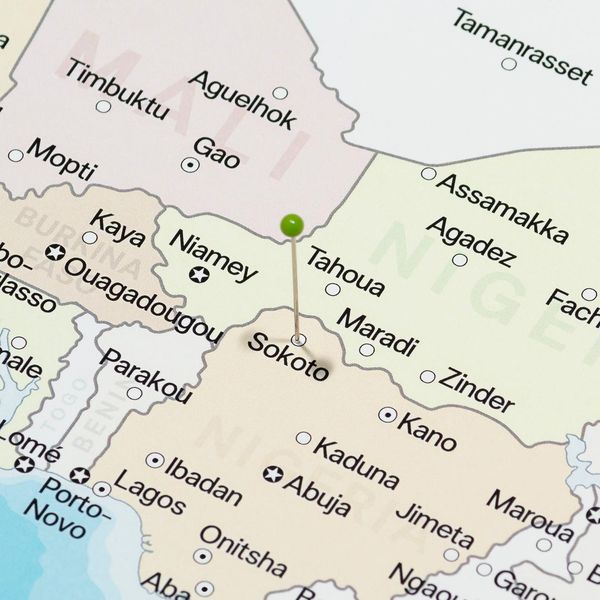I wrote a book about Lockheed Martin — the world’s largest arms-making conglomerate. But even I was surprised to learn that for a number of years now, they have also been involved in the fashion industry.
The revelation came in a recent New York Times piece on Kodak, which has had a minor resurgence, not by selling its own products, but by selling its name for use on a range of consumer products, produced by other firms, from luggage to eyewear to hoodies and t-shirts.
Deeper into the article it was mentioned in passing that Lockheed Martin had been doing the same. It linked to another article that noted that Lockheed Martin-branded cargo pants and hoodies have been a hit in South Korea since they were introduced a few years back. Brisk sales are continuing, with the Lockheed brand adorning streetwear with slogans like “Ensuring those we serve always stay ahead of ready.” One blue t-shirt dons the outline of an F-35 on the back, emblazoned with the motto “The F-35 strengthens national security, enhances global partnerships and powers economic growth.” It doesn’t exactly roll off the tongue, but at least it’s free advertising.
Not to be outdone, emerging tech firms are selling limited edition fashion lines of their own. Palantir recently dropped a line of hats and tees that quickly sold out. Eliano Younes, Head of Strategic Engagement for Palantir, has noted that when they re-launched the Palantir shop that “the site almost crashed within four minutes.” And Anduril has partnered with Reyn Spooner to launch a limited drop of Hawaiian shirts — a favorite uniform of company founder Palmer Luckey.
Not everyone welcomes the entry of weapons makers into the fashion world. A critic of Lockheed’s apparel line who goes by the name of Opal noted, “They stopped killing people for just a minute to help them kill those looks . . . The people who made these decisions are either so out of touch or like unbelievably acutely aware of what’s going on, and I can’t really tell the difference.”
As Opal fears, the marriage of fashion and weapons makers may be a sign of the times, as shoppers welcome the entrance of arms makers into the consumer sector rather than seeing their foray into fashion as an exercise in poor taste. This is probably because military firms and the weapons they produce are so deeply embedded in our culture that many people view the companies as purveyors of neat technology while ignoring the devastating consequences that occur when those weapons are actually used.
Lockheed Martin’s efforts at reputation laundering come at a moment when many arms industry leaders are vocally supporting — even applauding — armed violence. Prominent Silicon Valley military tech executives like Luckey and Palantir CEO Alex Karp, have no compunction about glorifying war while their companies are paid handsome sums to build the tools needed to carry it out. Luckey, the 32-year old head of the military tech firm Anduril, asserts that “Societies have always needed a warrior class that is enthused and excited by enacting violence in pursuit of good aims.” He didn’t discuss who gets to decide what “good aims” are, or why being “excited” about killing fellow human beings could ever be a good thing.
And Karp held his company’s board meeting in Israel at the height of the Gaza war to cheer on Israel’s campaign of mass slaughter. At the time of the meeting, the company’s Executive VP Josh Harris announced that “Both parties have mutually agreed to harness Palantir’s advanced technology in support of war-related missions. This strategic partnership aims to significantly aid the Israeli Ministry of Defense in addressing the current situation.”
These attitudes contrast with the efforts of old school arms company leaders like former Lockheed Martin CEO Norman Augustine, who was a master at burnishing the image of his company while downplaying its role as a primary producer of weapons at war.
Augustine led by personal example, working closely with the Boy Scouts and the Red Cross, championing science education, and speaking regularly of the need for corporate ethics, which he seemed to equate mostly with acts of charity by company employees, not with grappling with moral questions about how his company’s weapons were being used.
To a lesser degree, Augustine’s approach continues to this day. Company press releases describe Lockheed Martin as a firm that is “driving innovation and advancing scientific discovery.” The company’s image-building efforts include support for scholarships in STEM education, funding programs to build and upgrade facilities serving veterans, supporting food banks and disaster response programs, and more. There’s nothing wrong with helping fund a good cause, but it shouldn’t be allowed to obscure the company’s other activities.
The weapons produced by Lockheed Martin have fueled the war in Gaza, and they were integral to Saudi Arabia’s brutal war in Yemen, an effort that included bombing funerals, a school bus, hospitals, civilian markets and water treatment plants in Yemen, in a war that cost nearly 400,000 lives through the direct and indirect means, from indiscriminate bombing the the enforcement of a blockade the hindered imports of food and medical supplies.
On the rare occasions that arms industry executives are asked about the human impacts of their products, they usually say they are only doing what the government allows. They fail to mention that they spend large sums of money and effort trying to shape government policy, making it easier to rush weapons to foreign clients without adequate consideration of their possible uses in aggressive wars or systematic repression.
Given all of this, Lockheed Martin’s endorsement of a line of street clothing seems like a relatively harmless side show. But celebrating weapons makers, even with a nod and a wink, serves to normalize the U.S. role as the world’s premier arms producer while ignoring the consequences of that status.
America needs to be able to defend itself and its allies, but celebrating war and preparations for war is not the way to do it. We need more reflection and less celebration. And we need to call weapons makers what they are, not welcome the use of their names as marketing tools designed to sell consumer products.
The real question as we try to dig ourselves out of a period of devastating wars and increasing global tension is whether we need huge weapons firms like Lockheed Martin at all, or if there is a more efficient, humane way to provide for the common defense, less focused on profit and PR and more focused on developing the tools actually needed to carry out a more rational, restrained defense strategy.
















